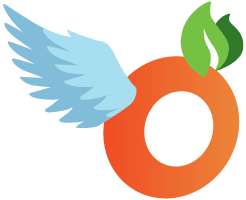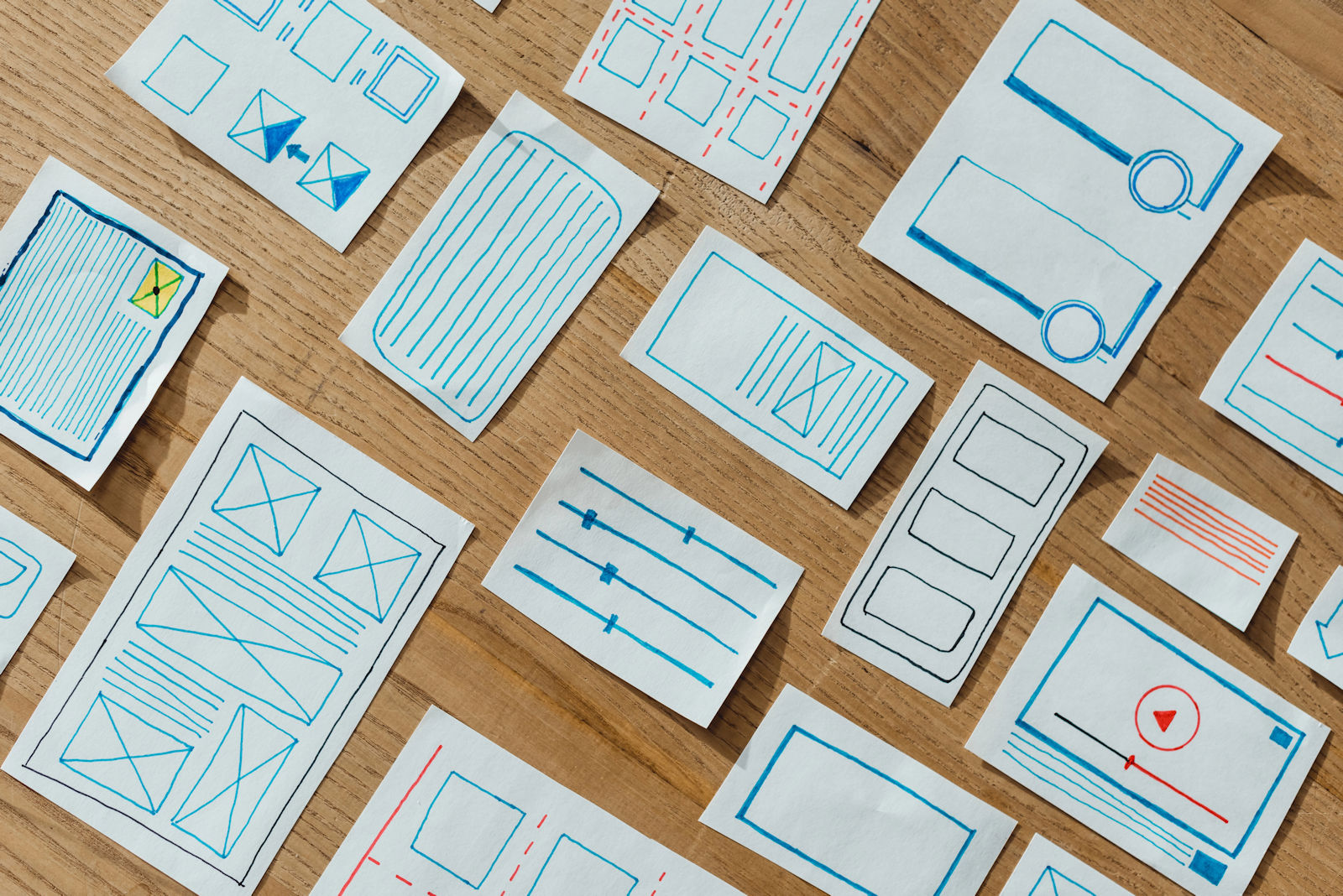A beautifully designed website is no longer enough to keep users engaged. The key to increasing conversions lies in creating a seamless user experience (UX) that guides visitors toward their goals – whether it’s making a purchase, booking a service or filling out a contact form. If your web design isn’t aligned with your conversion goals, you may be losing valuable leads. In this post, we’ll explore how effective web design, including personalization, customization and automation, can help you drive higher conversions and free up time for strategic growth.
Why web design is crucial for conversions
The foundation of any conversion-focused web design strategy starts with the user experience. UX design is not just about making your site look good; it’s about making it functional, intuitive and easy to navigate. When visitors feel comfortable on your site and can easily find what they’re looking for, they’re more likely to convert.
Some core elements of web design that impact conversions include:
- Intuitive and clear navigation: Ensure your website’s structure is logical and easy to navigate. Use clear labels and organize content in a way that makes sense to your target audience.
- Responsive design:Your website must work seamlessly across all devices and screen sizes to retain mobile users.
- Fast load times: Speed matters. Slow loading times lead to high bounce rates. A fast, optimized site can retain visitors and improve SEO.
- Strong call-to-actions (CTAs): Effective CTAs guide users toward taking action, whether it’s signing up for a newsletter or purchasing a product.
By focusing on these fundamental design principles, you can create a website that engages visitors and converts them into leads or customers.
Personalization: A game-changer for conversions
In the competitive world of online marketing, generic experiences are no longer enough. Personalization allows you to tailor content, messaging and offers based on the specific behaviors, interests and needs of your users. The more relevant your content is to your visitors, the more likely they are to take the desired action.
Here’s how personalization can boost conversions:
- Dynamic content: Display content based on user behavior, location or preferences. This tailored approach can increase engagement and conversions.
- Personalized recommendations: Use data-driven insights to suggest relevant products, services or content to your visitors.
- Segmentation: Divide your audience into segments based on demographics, behavior or preferences to deliver more targeted experiences.
- Smart forms: Implement progressive profiling to gather information gradually, reducing form abandonment rates.
Personalization at scale creates a more tailored user experience, increasing the chances of conversion by making users feel like you understand their specific needs.
Customization techniques to drive conversions
Along with personalization, customization allows your users to engage with your website in a way that feels more relevant and intuitive to them.
Customizable elements of a site can include:
- User accounts: Provide personalized dashboards for logged-in users, displaying relevant information and quick access to frequently used features, based on their interactions.
- Personalized experiences: Allow users to save their preferences, such as favorite products or content topics, for a more tailored experience on return visits.
- Content and communication: Implement content and communication management hubs where users can choose their communication preferences, content interests and product focus.
- Product configuration: For e-commerce sites, offering customizable product features (e.g. color, size and materials) increases the likelihood of purchase by allowing customers to personalize their choices.
- On-the-fly adjustments: Let users adjust elements such as language, currency or themes to make the browsing experience more inclusive and suited to them.
Customization is about giving users the tools to make the website experience their own, which fosters a deeper connection and increases the chances they’ll complete a conversion.
Workflow automation: Focus on strategy, not execution
Once your site is optimized for user experience, personalization, and customization, it’s time to consider the role of automation in driving conversions. Manual processes like responding to inquiries, sending follow-up emails or tracking leads can take up a lot of time and effort. By establishing automated workflows, you can ensure follow-through without the need for constant manual intervention.
Here are some ways automation can improve conversions:
- Form submissions and email marketing workflows: Set up workflows to immediately send thank-you emails, provide next steps or trigger reminders for users who have interacted with forms on your site. Timely follow-ups are essential to driving conversions.
- CRM integration: Integrate your website with your CRM to automatically capture and qualify leads.
- Chatbots and AI: Implement AI-powered chatbots to handle initial inquiries, guide users and provide instant support.
- A/B testing automation: Use tools that automatically test different design elements and content variations to optimize conversion rates continuously.
- Analytics and reporting: Set up automated reporting to track key performance indicators (KPIs) and gain insights without manual data collection.
The beauty of automation is that it works in the background while you focus on strategy and growing your business. With the right automation tools, you can nurture leads, improve engagement and drive conversions effortlessly.
Measuring success: Key metrics for conversion-driven web design
To ensure your web design efforts are paying off, monitor these essential metrics:
- Conversion rate
- Bounce rate
- Time on site
- Pages per session
- Form completion rate
- Click-through rate (CTR) on CTAs
By regularly analyzing these metrics, you can identify areas for improvement and refine your web design strategy accordingly.
Making the most of web design for conversions
Effective web design is about more than just creating an aesthetically pleasing site. By focusing on user experience, implementing personalization and customization techniques and leveraging automation, you can create a website that not only attracts visitors but also turns them into valuable customers.
At Flying Orange, we specialize in helping businesses create high-converting websites that not only look great but also drive results. Get in touch with us today to learn how we can help you optimize your web design for conversions.

Flying Orange has been a trusted development resource since 2007, meaning we’ve seen our fair share of design trends. Feel free to reach out for a free quote. We’re here to help with both ongoing, monthly website maintenance, or full website redesigns. We would love to learn more about your needs.


